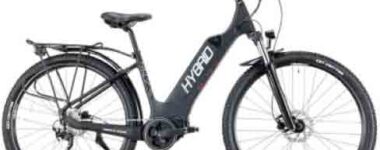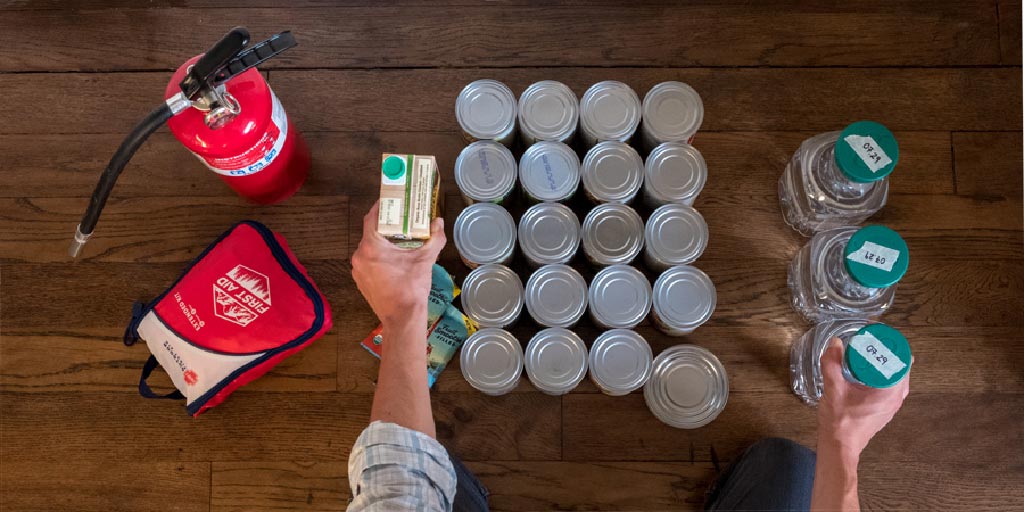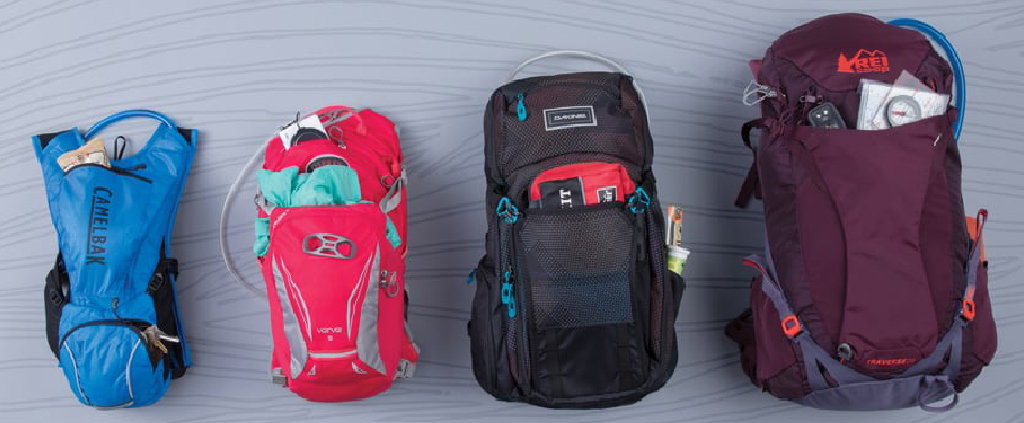Latest News
Share this post:
You don’t have to be dangling off the cliffs of Annapurna to feel the effects of altitude sickness. It can hit hikers, trekkers, or even slow-going tourists, as soon as they start breathing that thin mountain air a few thousand metres above sea level.
So, what exactly is altitude sickness? And how do you deal with it when your head’s pounding, your lungs feel heavy, and your body’s wondering what on Earth you were thinking?
Let’s break it down, plain and simple.
Three Levels of Trouble
Altitude sickness comes in three flavours, and only the first is mild:
- Acute Mountain Sickness (AMS) – the common, hangover-style version
- High-Altitude Cerebral Oedema (HACE) – swelling of the brain (yes, really)
- High-Altitude Pulmonary Oedema (HAPE) – fluid builds up in the lungs
The last two are medical emergencies. Don’t mess about.
What Causes It?
It’s all down to oxygen—or the lack of it. The higher you go, the thinner the air, which means fewer oxygen molecules in every breath. Your body notices, and not in a good way.
Even as low as 2,500 metres, people can start showing symptoms. If you live at sea level and head straight up a mountain, your chances of feeling rough are higher than someone who lives at altitude. Your hometown matters more than your fitness level.
How to Spot the Signs
AMS starts with a headache. Add in fatigue, nausea, poor sleep, loss of appetite, or just feeling off, and you’ve probably got it.
- Treatment? Stop climbing. Rest at your last symptom-free sleeping altitude. Your body can sort itself out, but only if you give it time.
HACE is a step beyond. Confusion, poor coordination, or not being able to walk heel-to-toe in a straight line are red flags.
- Treatment? Get to lower ground—fast. HACE needs more than just a nap. Seek medical help.
HAPE may sneak in quietly or follow AMS. Look for breathlessness (even at rest), a dry then wet-sounding cough, and sudden fatigue.
- Treatment? Immediate descent. No dawdling. It can be deadly if ignored.
Can You Take Anything for It?
Yes—but only for mild symptoms. Ibuprofen, aspirin, or paracetamol can help with headaches. But if you’ve got anything more serious going on, don’t rely on pills. Altitude illnesses don’t care how tough you are.
How to Avoid It Altogether
The secret? Go slow.
- Allow at least two days to reach 2,500–3,000 metres. After that, climb no more than 300 metres a day, and always sleep lower than your highest point if you can.
- Everyone’s body reacts differently. Age, fitness, or experience won’t guarantee anything. The key is to listen to your body—and don’t be afraid to turn back.
- After all, the mountains aren’t going anywhere. And neither should you, if your body says “enough”.


 Collecting and Propagating Seeds
Collecting and Propagating Seeds China on a Plate: The Flavours of a Nation (with a Spotlight on Sichuan)
China on a Plate: The Flavours of a Nation (with a Spotlight on Sichuan) Kinesiology Cross Patches
Kinesiology Cross Patches Camaraderie On a Walking Tour…
Camaraderie On a Walking Tour… How E-Biking Has Transformed Biking Tours
How E-Biking Has Transformed Biking Tours








